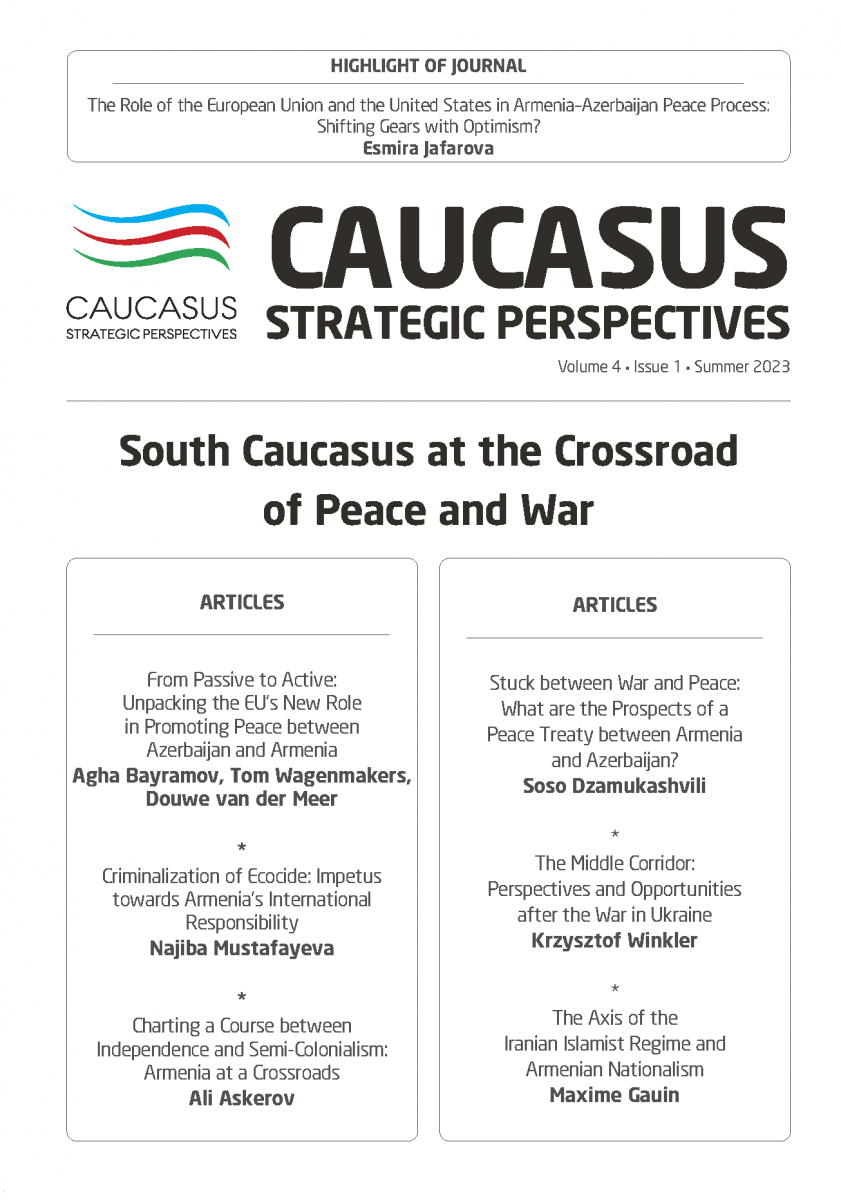The Middle Corridor: Perspectives and opportunities after the war in Ukraine
In the past, Central Asia was the site of one of the main trade routes in the world, known as the Silk Road. This linked China with the Middle East and the Roman Empire. Today, China is seeking to revive that road with the Belt and Road Initiative (BRI). The Middle Corridor is the shortest way from China to Europe, but the Russian and maritime routes are easier to use due to the ready-made intermodal infrastructure. The Trans-Caspian International Transport Route (TITR) countries have invested in infrastructure such as roads, railroads, ports and airports, but much more must be done, for example, the creation of effective intermodal transfer services and establishing cooperation in minimizing tariff obstacles. There are many political issues, including conflicts and a lack of developed multimodal infrastructure, that inhibit making the TITR an effective transport route that can bring participants in the project revenues from cargo fees and foreign investments. Increased China West antagonism, and competition among Türkiye, Iran and Russia for regional supremacy in the South Caucasus, could interfere with efforts to make the Middle Corridor an efficient transport route. Tariff barriers must be cut or adjusted for smooth movement of goods across state borders. The US and the EU show some interest in investing in the Middle Corridor, but the extent of that involvement remains unclear. Meanwhile, the war in Ukraine has created new momentum for Kazakhstan, Azerbaijan, Georgia and Türkiye in terms of reinforcing the TITR. The aim of this article is to assess the current political and economic environment and challenges related to the effective use of the Middle Corridor transport route that have to be deal with.
Latest news
- 12/27/2024 Call for Submissions-Caucasus Strategic Perspectives, Volume 6, Issue 1, Summer 2025 667 views
Popular articles
- 07/18/2022 The Russia–Ukraine War: Perspective of Azerbaijan 4322 views
- 10/14/2020 The Non-Aligned Movement: In Pursuit of Validity and Relevance in the Contemporary Global Order 3307 views
- 10/14/2020 Vicious Circle of the South Caucasus: Intra-Regional Conflicts and Geopolitical Heterogeneity 3290 views
- 10/14/2020 Relevance of Non-Alignment for Azerbaijan’s Foreign and Security Policy 3019 views





